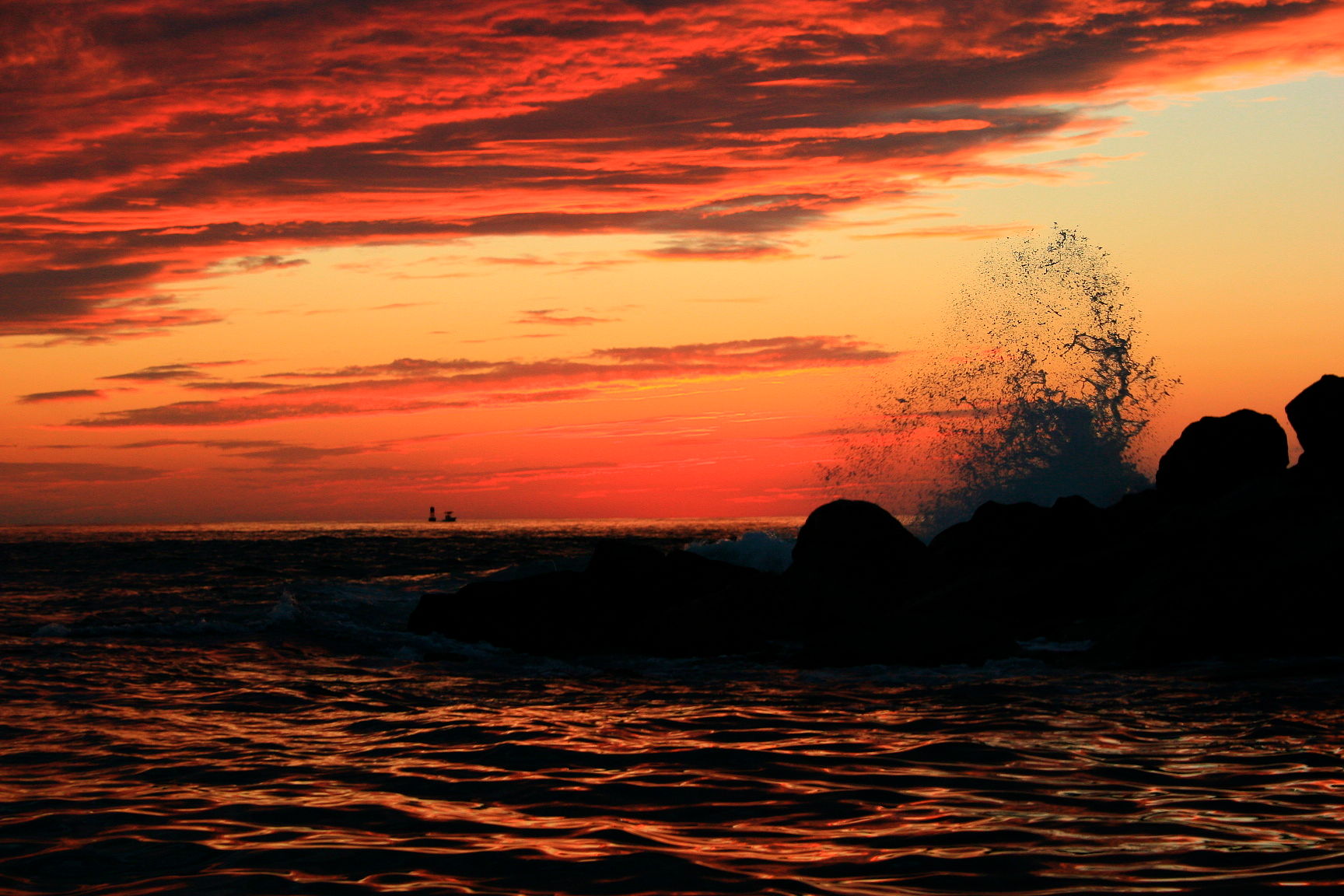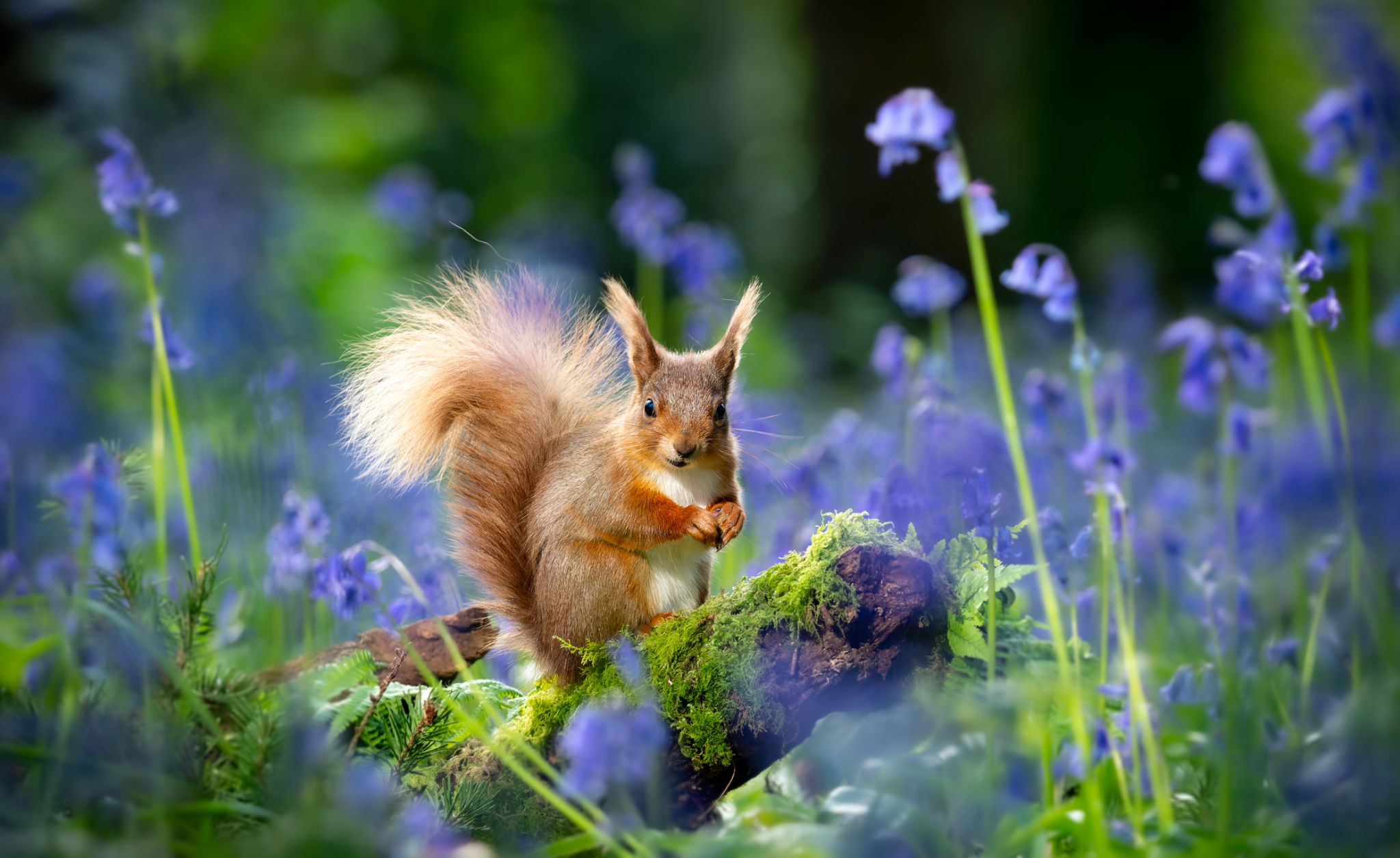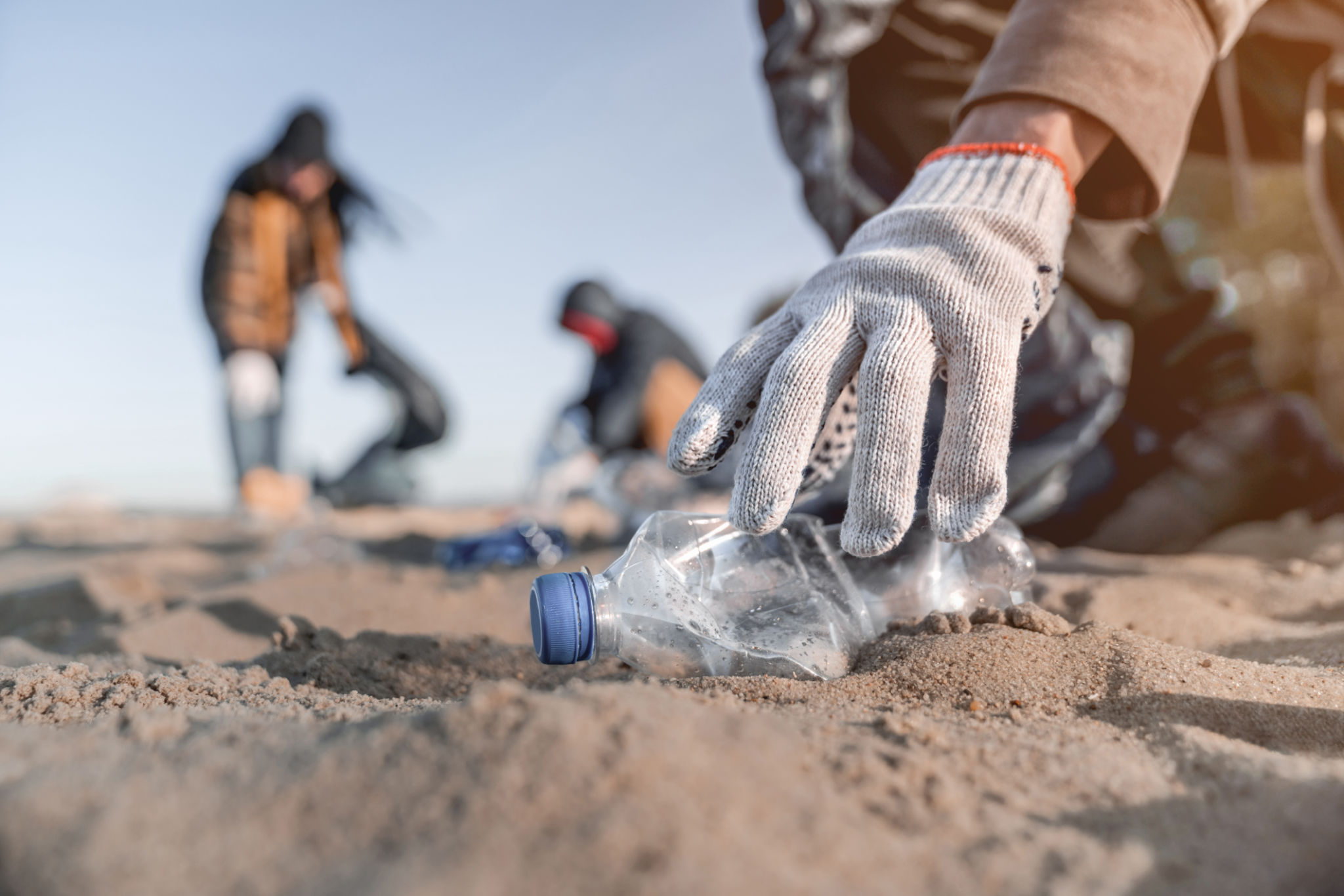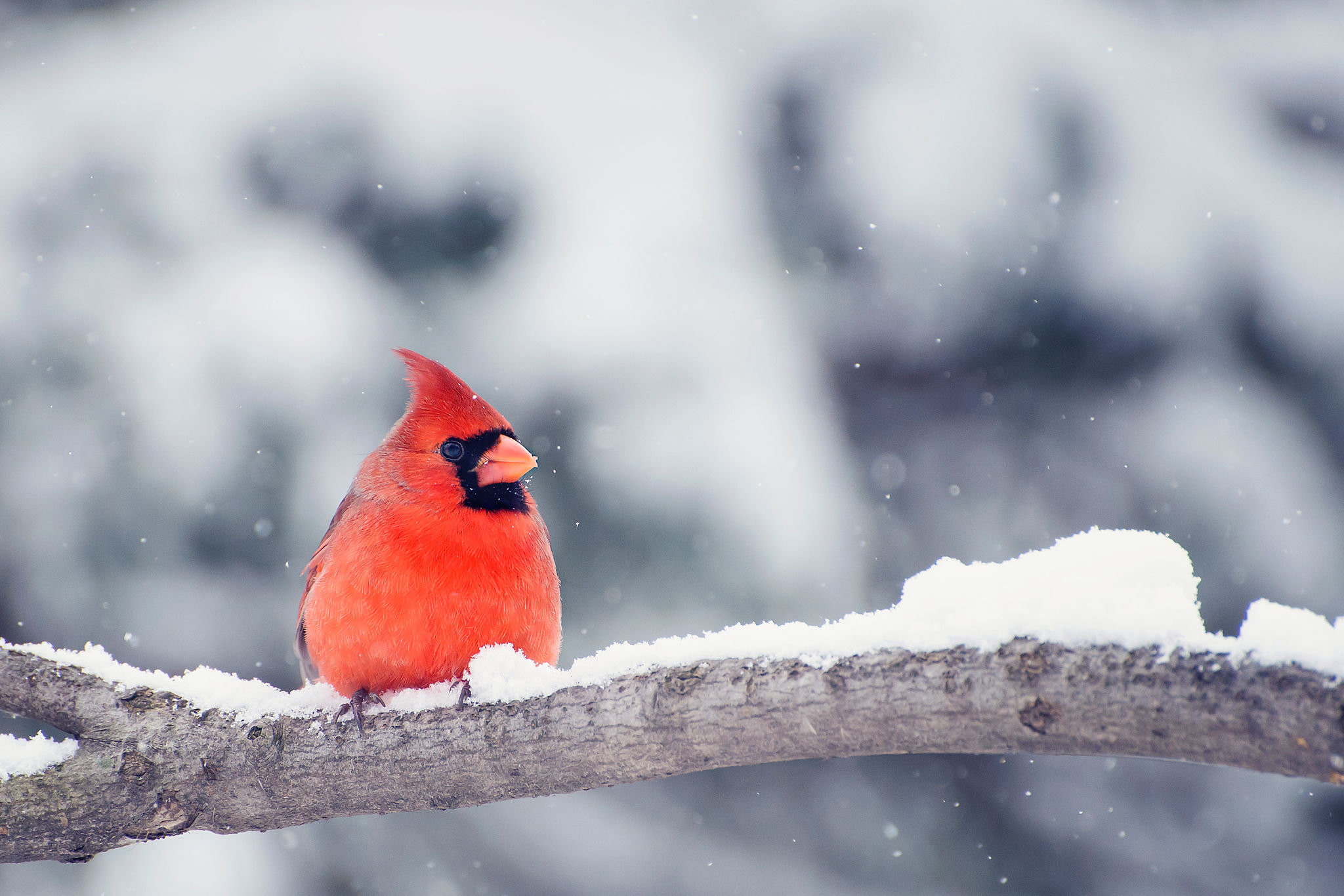Seasonal Guide to Protecting Walton County's Ecosystems
Understanding Walton County's Unique Ecosystems
Walton County is home to diverse ecosystems, including coastal dunes, pine forests, and wetlands. These natural habitats are not only beautiful but also crucial for maintaining biodiversity and supporting wildlife. Protecting these ecosystems requires a collective effort, particularly as the seasons change and different environmental challenges arise.
Seasonal changes can significantly impact the delicate balance within these ecosystems. From the migration patterns of birds to the breeding cycles of local fauna, understanding the seasonal dynamics is essential for effective conservation efforts.

Spring: Renewal and Growth
Spring in Walton County marks a period of renewal and growth. It is a crucial time for many species as plants begin to bloom and animals start their breeding cycles. During this season, it is important to minimize disturbances to nesting sites and plant habitats.
Plant Native Species
One effective way to support local ecosystems during spring is by planting native species in your garden or community spaces. Native plants are better adapted to the local climate and require fewer resources, making them beneficial for the environment.
Protecting Nesting Sites
Many bird species choose Walton County as their nesting grounds. To protect these sites, avoid disturbing areas where birds are known to nest. Consider participating in local conservation efforts that focus on monitoring and safeguarding these habitats.

Summer: Managing Human Impact
Summer brings an influx of visitors to Walton County, which can lead to increased pressure on local ecosystems. It's essential to manage human impact during this peak tourist season to ensure the longevity of natural habitats.
Beach Preservation
The beaches of Walton County are popular destinations, but it's vital to preserve these areas by adhering to guidelines such as leaving no trace, respecting wildlife, and avoiding trampling on dunes. These measures help maintain the integrity of coastal ecosystems.
Sustainable Tourism Practices
Practicing sustainable tourism can significantly reduce environmental footprints. Use designated paths for hiking, support eco-friendly businesses, and participate in beach clean-up events to contribute positively to the environment.

Fall: Preparing for Migration
Fall is a transitional period for many species in Walton County as they prepare for migration. This season provides an opportunity to support migratory birds and other wildlife through habitat preservation and resource management.
Create Safe Habitats
During fall, creating safe habitats can help migratory species find refuge. This includes maintaining bird feeders with appropriate food and ensuring that water sources remain accessible and clean for wildlife use.
Join Local Conservation Efforts
Consider joining local conservation groups that focus on habitat preservation during migration periods. Volunteering can make a difference in maintaining the health of ecosystems and providing safe passage for migratory species.

Winter: Conserving Resources
Winter in Walton County may not be as harsh as in other regions, but it's still a critical time for conserving resources and protecting habitats from seasonal stressors. Wildlife often faces food scarcity during this period, so thoughtful conservation practices are necessary.
Sustainable Land Management
Sustainable land management during winter involves minimizing disruptions to natural landscapes. Avoid unnecessary land clearing and support reforestation projects to maintain the balance within ecosystems.
Support Local Wildlife
Providing supplemental food sources can assist local wildlife in surviving the winter months. Ensure that any supplemental feeding is done responsibly and focuses on natural diets to avoid dependency.

The responsibility of protecting Walton County's ecosystems lies with all of us. By understanding seasonal changes and taking proactive steps throughout the year, we can ensure that these precious environments continue to thrive for generations to come.